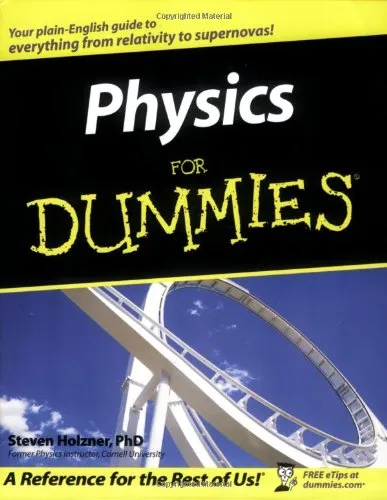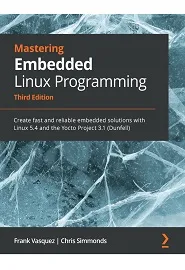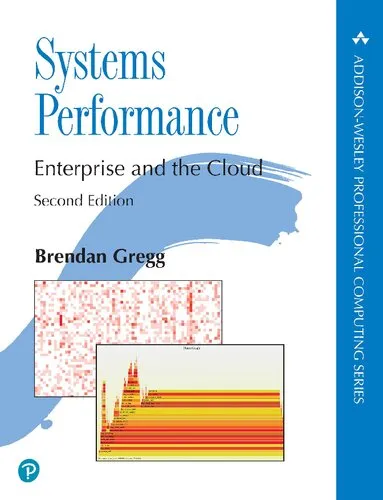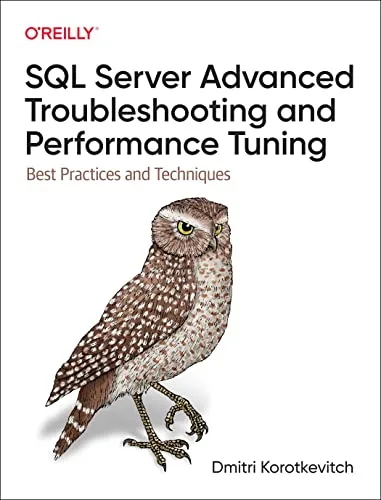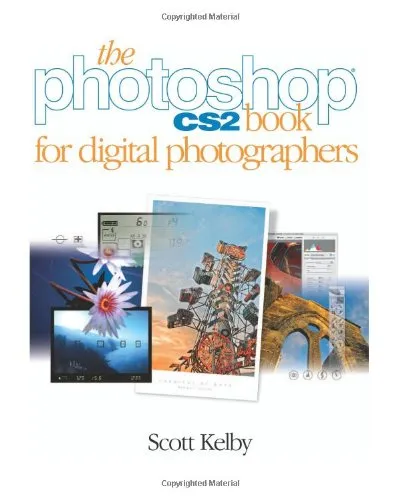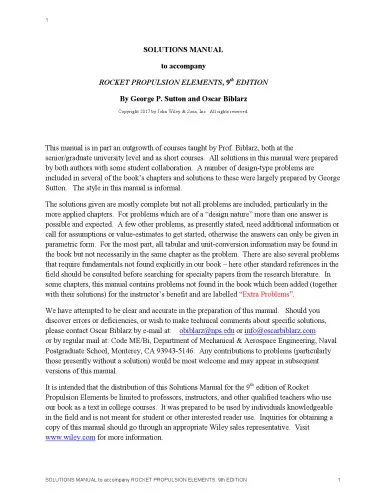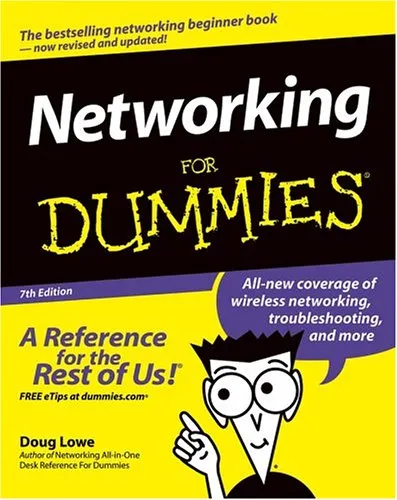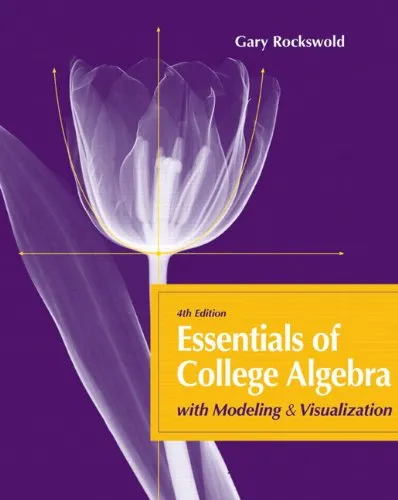Computers & Chemistry
4.0
Reviews from our users

You Can Ask your questions from this book's AI after Login
Each download or ask from book AI costs 2 points. To earn more free points, please visit the Points Guide Page and complete some valuable actions.Related Refrences:
Analytical Summary
The book Computers & Chemistrypp.253—257 presents an incisive exploration of how computational methods have transformed the field of chemical sciences. Written by J.M. Bernassau, F. Boissiere, and J.F. Thomas, this focused segment offers a rich integration of theory, application, and the evolving landscape where chemistry meets advanced computing.
Spanning pages 253 to 257 of a larger volume, the work discusses applied models, simulation methods, and the translation of laboratory data into computational frameworks. Here, researchers and professionals encounter well-organized analyses bridging chemical theory with algorithmic precision. The scope includes both molecular-level simulations and macro-scale chemical processing models, supported by real-world case studies where computing power went beyond mere number-crunching to enable breakthroughs in understanding complex reactions.
Information regarding the precise publication year and any awards received remains unavailable due to the absence of reliable public sources. Nevertheless, the content holds significant historical and contemporary value, as it applies to domains such as pharmaceutical research, materials science, and environmental chemistry, underscoring the enduring relevance of computational approaches in chemical investigation.
Key Takeaways
Within these pages, serious readers will find an authoritative yet approachable discourse on the synergy between chemistry and computer science.
First, the segment reaffirms how computational chemistry is not merely a supportive tool but, increasingly, a driver of discovery and innovation. Second, it emphasizes the necessity of precise data analysis techniques that align with complex chemical problem-solving. Third, ethical and methodological considerations are discussed, pointing toward best practices when integrating computing power into chemical research.
Finally, the integration of simulation outputs with experimental data presents a model for future interdisciplinary collaboration, where chemists and computer scientists speak a shared language of accuracy, reproducibility, and predictive capability.
Memorable Quotes
Computational models have become the modern alchemy, transmuting data into discovery.Unknown
In chemistry, the clarity of results often depends on the power of computation behind them.Unknown
The union of chemical insight and algorithmic precision defines the frontier of modern science.Unknown
Why This Book Matters
The value of Computers & Chemistrypp.253—257 lies in its unique position as a bridge between theoretical chemistry and practical computing applications.
By dissecting scenarios that blend complex chemical problems with computational solutions, the authors showcase not only the methodology but also the mindset required to harness technology effectively in scientific pursuits. This makes the work essential for academics wanting to understand the scope of computational chemistry, as well as for professionals seeking frameworks for integrating modern data processing into their workflows.
Secondary themes such as scientific data analysis are explored thoroughly, offering methodologies that transcend the constraints of traditional lab work. Readers gain strategic insights into interdisciplinary collaboration — an increasingly vital skill in an age where scientific progress depends upon the seamless convergence of varied expert domains.
Inspiring Conclusion
With Computers & Chemistrypp.253—257, the reader is invited into a precise and captivating sphere where computational power and chemical science mutually elevate each other’s potential.
For students, academics, and researchers, this segment is more than information — it is an encouragement to adopt computational tools as standard practice in chemical inquiry. The blend of practical applications, methodical rigor, and forward-looking perspectives makes it a compelling read worthy of detailed discussion and sharing among peers.
Engage with the text, reflect on its implications for your own discipline, and extend the conversation beyond these pages. Whether in a professional lab or academic classroom, let the synthesis of chemistry and computation inspire the next breakthrough worth writing about.
Free Direct Download
You Can Download this book after Login
Accessing books through legal platforms and public libraries not only supports the rights of authors and publishers but also contributes to the sustainability of reading culture. Before downloading, please take a moment to consider these options.
Find this book on other platforms:
WorldCat helps you find books in libraries worldwide.
See ratings, reviews, and discussions on Goodreads.
Find and buy rare or used books on AbeBooks.
1066
بازدید4.0
امتیاز0
نظر98%
رضایتReviews:
4.0
Based on 0 users review
Questions & Answers
Ask questions about this book or help others by answering
No questions yet. Be the first to ask!

